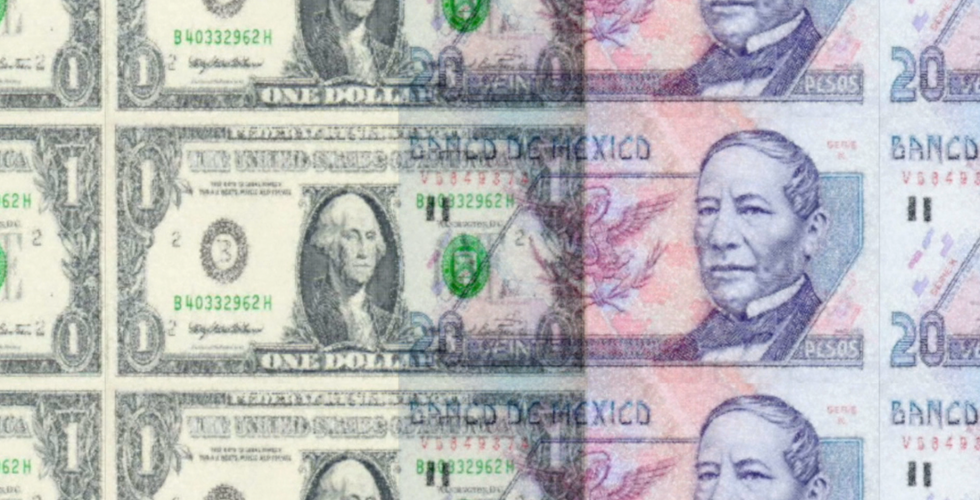Juggling Currencies
- Ana Torres Villarreal
- May 7, 2019
- 3 min read
Updated: Oct 6, 2020

Money is always only a human creation, kind of collective illusion
It´s something we invent as societies and states and communities,
and we can reinvent it if we want to…
Bill Maurer. IMTFI. UC Irvine
This 40-minute ethnographic video was part of an investigation carried out by Magdalena Villarreal. This film is a collaboration between artists Ana Torres Villarreal, Pablo de la Peña and researcher Joshua Greene.
The work sheds light on the complex nature of money and currencies, helping us tease out different forms of signification and valuation.
Mexican and bi-national families residing and/or working on both sides of the Mexican-American border experience and manage different monetary and social currencies, not only in peso-dollar exchanges, but also in transactions involving different means of equivalence that entail diverse normative and cultural frameworks, different monetary and social currencies.
This project, involved taking researchers to two different border communities, and comparing how habitants make due as they juggle for survival. The first involved commuters between the twin cities of Calexico and Mexicali on the USA-Mexico border. It is a community where people cross the border to carry out daily activities. The second community was the rural village of Sabinilla, Jalisco, located in central Mexico. Lack of economic opportunities has forced Sabinilla’s residents to migrate to Hawaii which is, although very distant in geographical terms, closely linked to its diaspora in Hawaii, Both of these localities can be considered "border communities" in that a representative portion of their population resides at least part time or for extended periods in both nations.
The different time-space dimensions entailed in the comparison between the two trans-border scenarios provide rich contrasts that we build upon in our analysis. While there are many similarities in the processes by which currencies are devised and taken up, there are also significant differences. The migrants in these communities frequently pass between Mexican and American locations, immersing themselves and their loved ones in the rules and norms of multiple, sometimes even contradictory environments. It is in this advantageous scenario, where juggling between normatively distinct settings is a common practice, that this project set out to investigate and observe how actors manipulate both financial and social currencies.
The film shows the ways people juggle and mobilize several social currencies in their everyday lives and the impact it has on employment, remittances, income and costs of living. The film juxtaposes socio-economic practices of negotiating and converting different social currencies. We might think that money flows predominantly from the U.S. to Mexico, but this is not necessarily the case. Our findings show that a great portion of these cross-border transactions involve non-monetary currencies such as goods and services, but also information. Most of these are exchanges are undocumented and in fact unknown, involving multiple currencies traveling at different velocities. by moving or 'juggling' currencies, people balance their complete array of personal assets. Out of these movement new economic systems interplay.
Currencies, of course, are not ‘autonomous’ languages that spell out value equivalences. They are brought into play with each other, intertwining in the context of different social relations. They most often become interdependent, relying as they do on the social and cultural milieu within which they are embedded. If we are to grapple with these socially located means of exchange then it makes sense to go beyond identifying them and try to understand their rules of operation and dimensions. Magdalena Villarreal
Juggling Currencies Full Video
Link to Blog https://www.imtfi.uci.edu/villarreal.php
Link to Full Documentary https://www.youtube.com/watch?v=uRTdws2rxgI
Link to Trailer https://www.youtube.com/watch?v=pGJwRRujHSo




































Comments